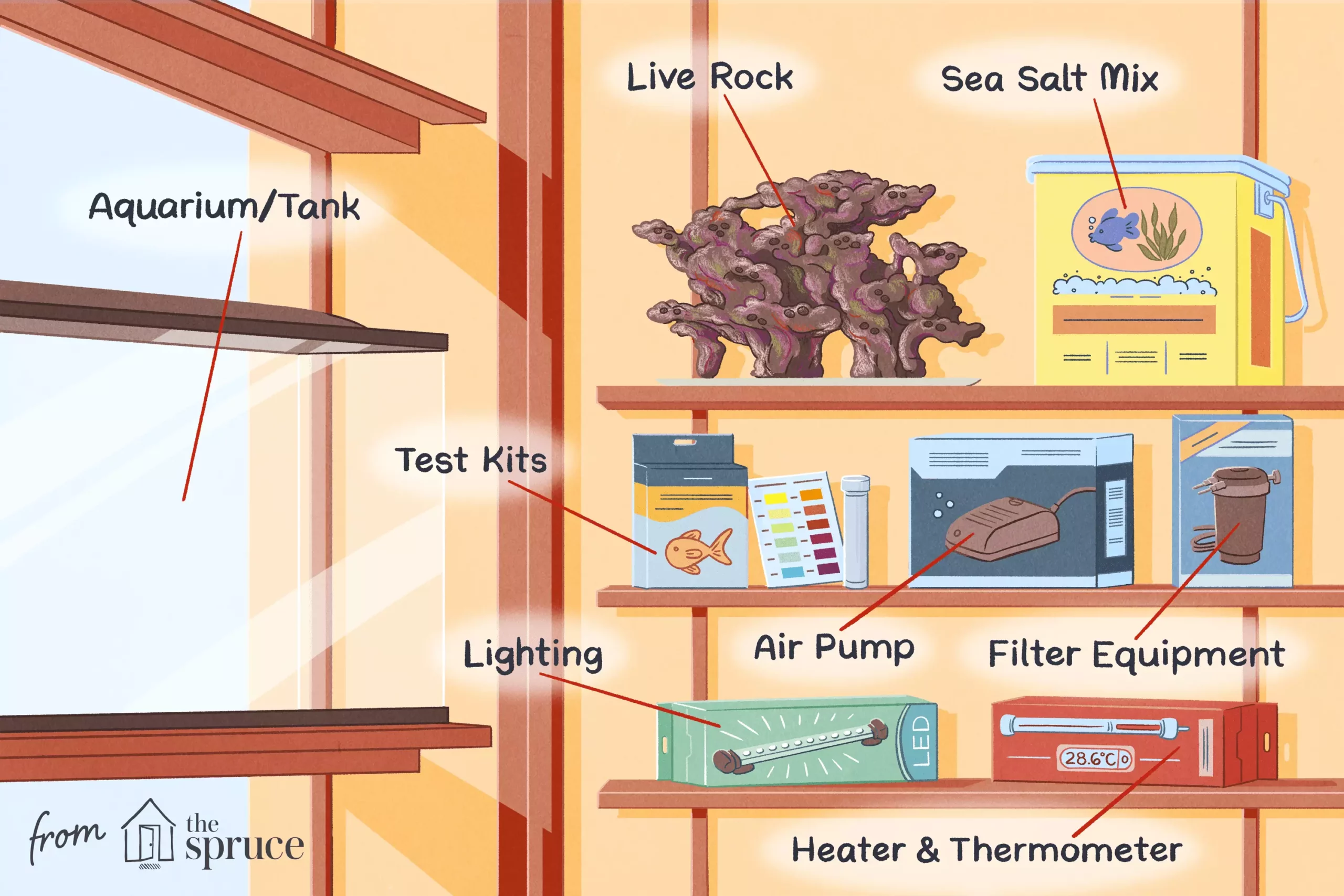Setting up an aquarium can be a rewarding venture, whether you’re a novice aquarium enthusiast or a seasoned aquarist. However, embarking on this journey requires careful planning and an understanding of the components involved. This article serves as a comprehensive guide to assist you in creating a thriving aquatic environment tailored to your preferences.
Before diving into the specifics of filtration or lighting systems, the first critical step involves selecting the appropriate tank size and style to fit your available space. This decision not only affects the aesthetics of your living environment but also impacts the health of the aquatic life you intend to keep.
When shopping, you will encounter various aquarium sizes — from stunning show-size tanks to compact nano tanks ideal for smaller spaces. Keep in mind that larger aquariums generally provide a more stable environment due to their increased water volume, which can dilute toxins more effectively than smaller tanks. Alternatively, if space is at a premium, consider plug-and-play mini or nano aquarium kits that come bundled with essential equipment. These kits can simplify the process, making it easier for beginners to set up their first aquarium successfully.
An essential aspect of your aquarium setup is the equipment you choose, as it plays a pivotal role in maintaining a healthy aquatic ecosystem. When evaluating your options, look for complete aquarium kits that include all necessary components such as filtration systems, water heaters, and lighting fixtures. This one-stop approach can also save you time and materials while ensuring that all parts are compatible.
If you prefer customizing your aquarium experience, purchasing components separately is a valid option, but requires a little more research. The selection of filtration hence becomes a fundamental aspect; choose a filter type that aligns with your aquarium’s size and your specific aquatic species’ needs. Options like canister filters, hang-on-back power filters, and wet/dry filters each have their unique advantages and can be tailored to suit your chosen system.
Lighting is another important element that deserves attention. The type of aquatic setup you’re envisioning will dictate your lighting choices. If you’re interested in a low-maintenance fish-only tank, standard LED lights may suffice. However, for reef setups featuring sensitive corals, investing in more complex lighting systems is essential. Not only do you want to ensure adequate light for your livestock, but you’ll also want to consider future upgrades. Choosing fixtures that allow for retrofitting with higher wattage bulbs can save you from extra expenditures down the road.
The emergence of energy-efficient LEDs has transformed the lighting landscape for aquarists. These fixtures often come equipped with reef-grade bulbs, providing high-intensity light while reducing electricity costs. Furthermore, a power center can help manage your aquaristic equipment seamlessly, making it easier to control your aquarium’s various systems.
Beyond aesthetic choices, the biological filtration and overall environment of the aquarium must be meticulously considered. The substrate—the material that lays at the bottom of the tank—is far more than a mere decoration; it plays a critical role in the biological filtration process. From heavier substrates that anchor down in turbulent waters, to porous materials that foster beneficial bacteria growth, the right choice impacts the overall health of your aquarium.
Moreover, for marine tanks, live rock can serve as a natural habitat for fish while acting as a biological filter. However, it’s imperative to provide ample shelter and territories, particularly in marine systems where territorial behavior can lead to stress or aggression among fish.
To ensure long-term success, maintaining high water quality is crucial. Regularly test your water parameters, including salinity, pH, and ammonia levels, and invest in quality water test kits tailored for your specific aquarium type. Additionally, regular maintenance, such as water changes and substrate cleaning, should be scheduled to prevent buildup of harmful substances that could jeopardize your aquatic inhabitants’ health.
Finally, don’t overlook the importance of maintaining an inventory of essential tools and equipment. Having the right cleaning tools, spare parts, and backup supplies will save you time and stress in case of equipment failure or unexpected tank emergencies.
Keeping a detailed logbook of your aquarium’s maintenance activities can be a valuable tool, especially for beginners. Documenting water changes, test results, and equipment performance helps you identify trends over time, acting as a reference to maintain optimum conditions for your aquatic life.
Establishing and maintaining a successful aquarium is a rewarding yet ongoing journey. From selecting the right tank and essential equipment to creating a healthy aquatic environment, every detail matters. By following these guidelines, you can ensure a flourishing aquarium that not only beautifies your space but also brings joy and tranquility into your life.

